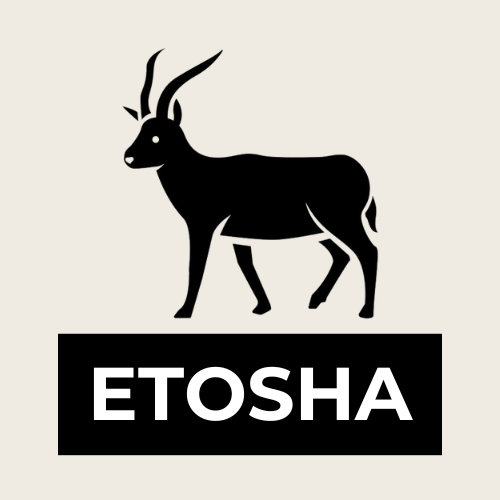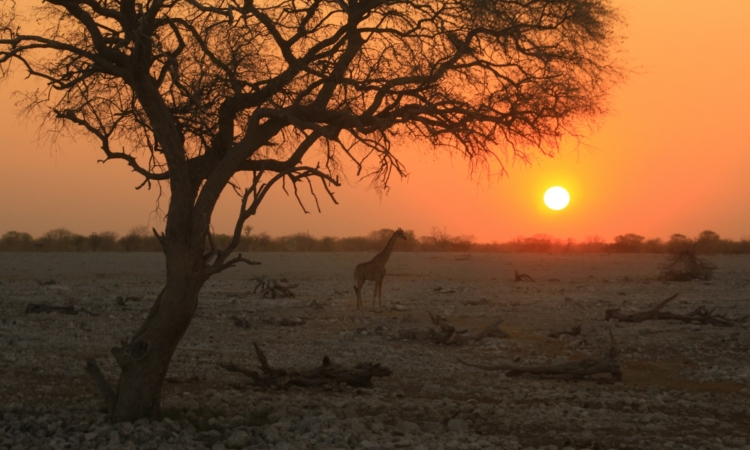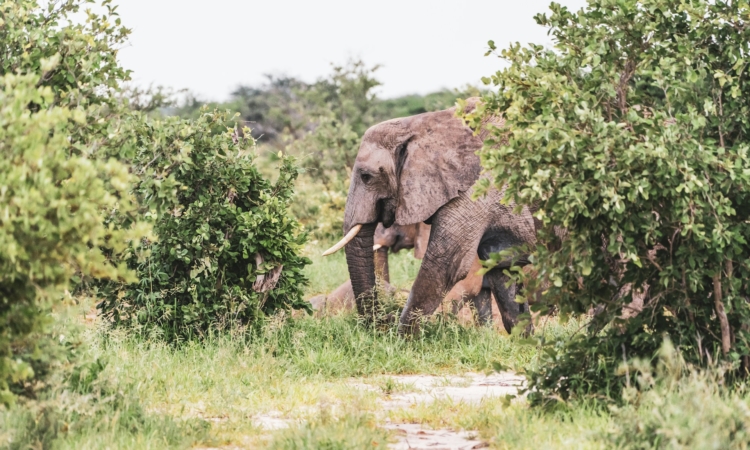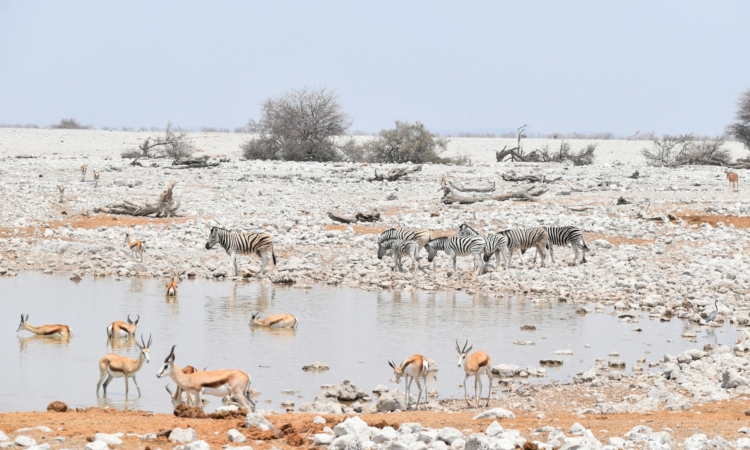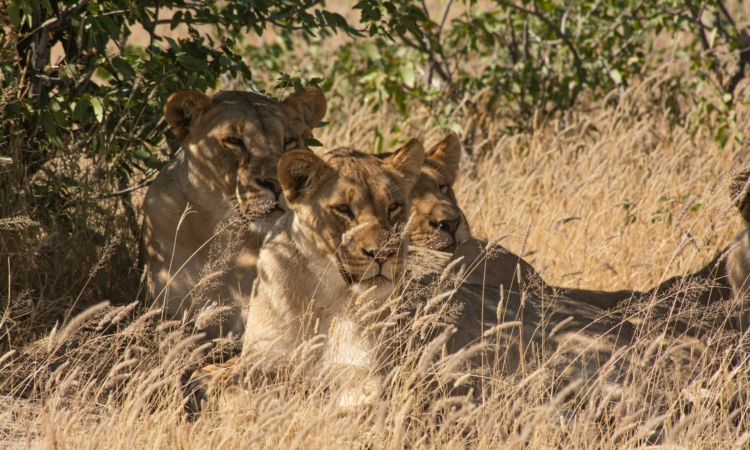July is the middle of the winter season in Etosha National Park. The weather is dry and cool, creating pleasant conditions for long days of wildlife viewing.
Early mornings and evenings can be cold, with temperatures sometimes dropping to around 5°C. Daytime temperatures are more comfortable, usually ranging between 22°C and 26°C. Rain is very unlikely, and humidity is low, making it easy to spend time outdoors without discomfort. The low humidity also means there are fewer mosquitoes, allowing visitors to enjoy game drives, camp activities, and evenings around the fire without many insect problems.
The air is clear, and the bright winter light is excellent for photography, capturing both animals and landscapes in detail. By July, the park’s scenery has taken on its golden dry-season appearance. Grass is short and sparse, improving visibility across the open areas. Most temporary water sources have dried up, so wildlife depends on the permanent waterholes.
These waterholes attract a wide variety of animals, from herds of elephants, zebras, wildebeests, giraffes, and springboks to predators such as lions, cheetahs, and hyenas that follow the herds. Visitors can often see different species gathered in the same area, providing rewarding game-viewing opportunities.
The dry gravel roads in the park are well maintained during this time of year, making self-drive safaris easy for most vehicles. Game drives are most productive in the early morning and late afternoon when animals are active, while the midday heat often leads them to rest in shaded spots.
July is one of the busiest months in Etosha, so it is important to book park entry permits, accommodation, and campsites in advance. Warm clothing is necessary for the cooler early hours, along with sun protection such as a hat, sunglasses, and sunscreen for the warmer parts of the day.
Binoculars and a good camera lens help spot animals at a distance. While standard cars can manage most roads, a high-clearance vehicle or 4×4 is useful for exploring less-used tracks.
Etosha in July offers cool, dry weather, reliable wildlife sightings, and excellent conditions for photography, making it a popular month for both guided and self-drive visitors.
